Hi all!
My name is Michelle. I’m a new student worker at CCEPS working on the CLIRWATER project. I am a history masters student at CGU studying post World War II California history. This is my second time working in an archival setting. I previously volunteered at the A. K. Smiley Library last summer, and to my surprise upon being hired, the A. K. Smiley Library is also participating in this new project.
This is my third week of work and I have finally dived into a collection. Currently I am working on the Imperial Valley Records, Box 1, which contains documents that relate to water issues in Imperial County, California.
As you can see in the map below, Imperial Valley is located at the southernmost part of California, bordering Mexico and southern Arizona.
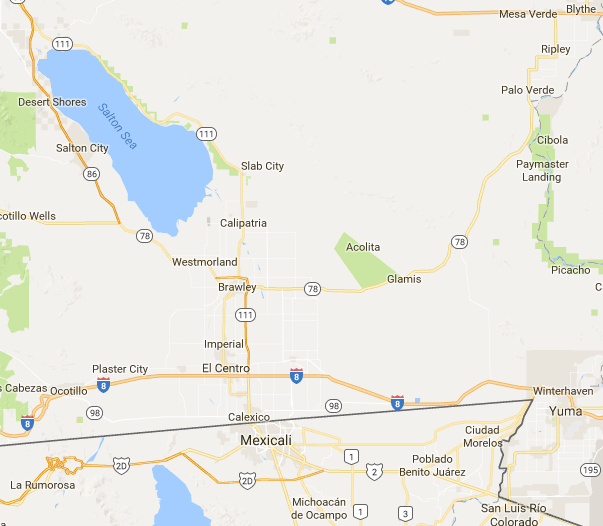
Most of the documents I’ve scanned so far were produced by the Imperial
Irrigation District which manages water to this day for this county. Some of the referenced infrastructure includes canals, dams, and levees. Some documents include tables which record the amount of water moving through canals or dams, often including how much water is lost due to seepage or evaporation.
Coming into this project, I knew that water plays a key role in the development of southern California in the 20th century. However, scanning items from this collection has helped me realize the value of this project. Digitizing these water documents will of course provide future scholars a new point of view for analyzing California history. In addition, these documents could prove useful with the threat of climate change looming. Though most of California has narrowly managed to come out of the drought with this past winter’s record rain and snowfall, the drought will inevitably return. Urban planners, civil engineers, environmentalists, politicians, and everyday citizens could use these documents to uncover new solutions to old water issues.
In the meantime, I still have several more folders to work through. Next week, I’ll provide some pictures of my favorite sources from this box.
Until next time!
Michelle
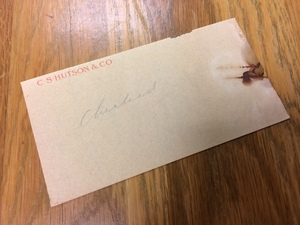
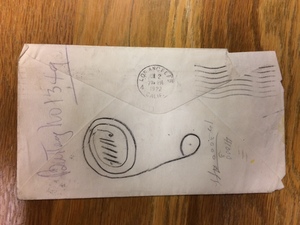

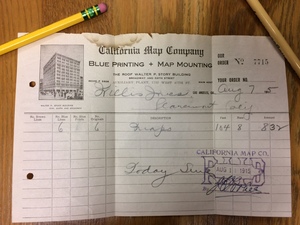
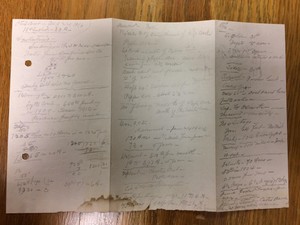
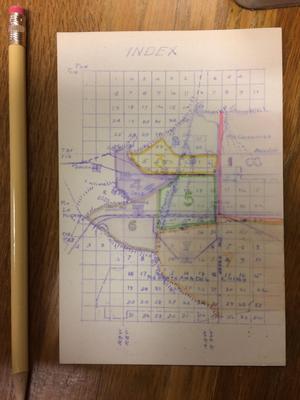
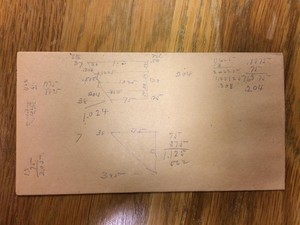


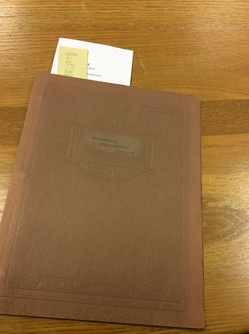 In last week’s blog post I talked about metadata and how I am beginning the process for my digital surrogates. Turns out when I was gathering all of the physical copies of my digital surrogates I had overlooked one source. When I was looking at the transaction list on my Aeon account and checking off each physical copy with their transaction request number, I noticed that one transaction number did not have a corresponding physical copy in the pile that I pulled. I reviewed our storage shelf for the “missing” document. When I found it I had no recollection of ever scanning it and I was slightly disappointed in my oversight.
In last week’s blog post I talked about metadata and how I am beginning the process for my digital surrogates. Turns out when I was gathering all of the physical copies of my digital surrogates I had overlooked one source. When I was looking at the transaction list on my Aeon account and checking off each physical copy with their transaction request number, I noticed that one transaction number did not have a corresponding physical copy in the pile that I pulled. I reviewed our storage shelf for the “missing” document. When I found it I had no recollection of ever scanning it and I was slightly disappointed in my oversight.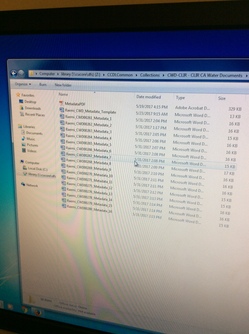 the camera room. Just when I thought it was smooth sailing from here (reviewing the digital surrogates and creating subject terms and descriptions for them), I have to do a mini crash course on creating a digital surrogate. One positive note that I enjoy is that this special surrogate will allow me to do an uninterrupted process of physical copy to digital surrogate to metadata creation. The first 16 digital surrogates that I created did not have such a smooth route, there are days and even weeks between their scanned dates and metadata processing dates. Hopefully by the end of this fellowship I will have 17 complete copies of digital surrogates and corresponding metadata forms.
the camera room. Just when I thought it was smooth sailing from here (reviewing the digital surrogates and creating subject terms and descriptions for them), I have to do a mini crash course on creating a digital surrogate. One positive note that I enjoy is that this special surrogate will allow me to do an uninterrupted process of physical copy to digital surrogate to metadata creation. The first 16 digital surrogates that I created did not have such a smooth route, there are days and even weeks between their scanned dates and metadata processing dates. Hopefully by the end of this fellowship I will have 17 complete copies of digital surrogates and corresponding metadata forms.